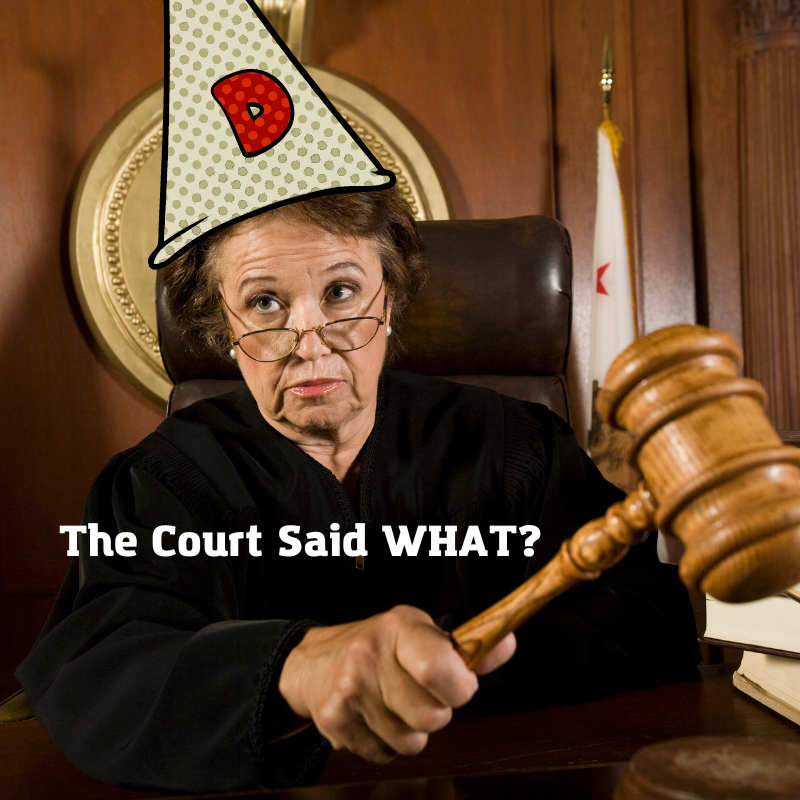
B.L.U.F. More on District Judge Renee Marie Bumb’s opinion on NJ’s Bruen spasm legislation, Chapter 131. The case is currently being appealed to the Third Circuit court as Ronald Koons v. Attorney General New Jersey, 23-1900, (3rd Cir.)
Her Historical Analysis
The first 50 pages or so of the opinion covered Judge Bumb’s analysis of the text, history and tradition of gun control regulations. When all was said, she found that regulations from as early as the 1328 and as late as the 1890s all support a history and tradition of disarming dangerous people.
She doesn’t cover the Statute of Northampton, from 1328. Different people read it in different ways in regard to how it limits the ownership of arms. She really digs in with regulations dating from 1860.
What most of these regulations have in common is that they set the punishment for the common-law offense” of going armed to terrify the people
—KOONS v. PLATKIN, No. 1:22-cv-07464, Doc. 124 (D.N.J.).
Those that were not about going armed to terrify the people were about disarming disfavored groups. Slaves, Negros, Indians, Catholics, and people that were unhappy with the Government or unhappy with the people unhappy with the government were all groups that regulations disarmed.
While Bruen specifically mentions “regulations” in the context of historical analogies, Judge Bumb extends that to include discussions about regulations.
Consider a debate in the legislature regarding the adoption of the new Constitution. It is clear that they want some changes, amendments, to the Constitution. There are three different versions presented:
- The right to keep and bear arms shall NOT be infringed!
- A well regulated Militia, being necessary to the security of a free State, the right of the people to keep and bear Arms, shall not be infringed.
- The right of the people loyal to the state to keep and bear arms shall not be infringed.
All three of those codify the right to keep and bear arms. The first group pushes hard. They argue that the simple command should be more than enough to protect the right. The second group pushes back. They argue that by explaining the reason why it is so important to protect the right to keep and bear arms, they make the protections stronger.
The third group is concerned about the federal government usurping the citizen militia. They fear that citizens of the state will be tempted by the federal government to take up arms against the states. The wish to have the power to disarm those that are openly agitating against the state government, in favor of the federal government.
After much heated debate, the third version is off the table. The delegates fell that giving the government any say in who keeps and bears arms to be too dangerous. Some more debate and the second version wins.
At this point, we see that The People, via their representatives, have done a means-end or interest balancing tests and determined which version they want.
Judge Bumb feels that the third group’s arguments should be given as much weight in the discussion of the tradition of firearm regulation as the actual regulation adopted. I feel it is the opposite. The fact that they were tested and found wanting means that it was a loosing argument then and is still a loosing argument today.
Her use of surety laws is just as weak.
The Second Amendment only applies to the “Virtuous Citizen”
Read More
Like this:
Like Loading...


